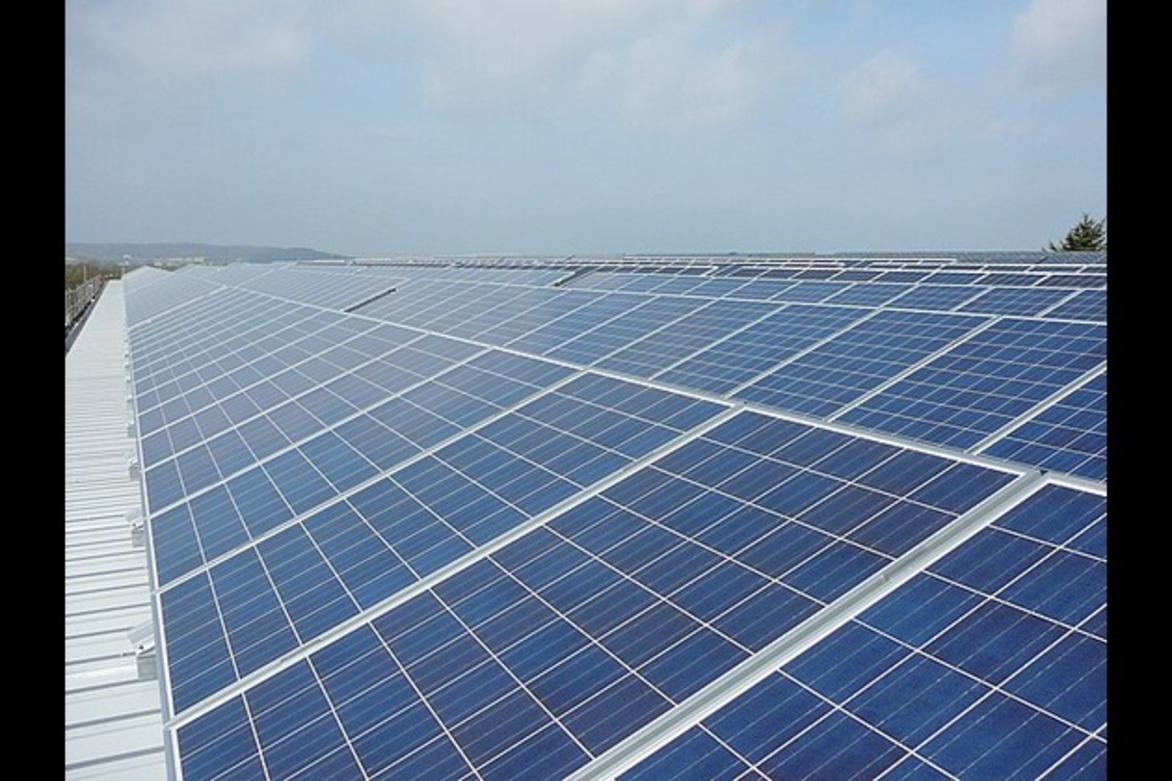Solar outlook dims with tariffs and looming tax credit rollback
Anabelle Colaco
11 Jun 2025

WASHINGTON, D.C.: A boom in U.S. solar energy installations may be running out of steam as shifting federal priorities, new tariffs, and looming policy uncertainty weigh on the industry's outlook, according to a report released June 9 by the Solar Energy Industries Association (SEIA) and research firm Wood Mackenzie.
After several years of rapid growth supported by clean energy incentives, the report forecasts that new U.S. solar capacity will fall more than 10 percent between 2025 and 2030. The slowdown is expected despite strong recent performance—solar accounted for 69 percent of all new electricity generation in the latest quarter.
The industry added 10.8 gigawatts (GW) of capacity in the first quarter of 2025, a seven percent decline from a year earlier but still near historic highs. Meanwhile, eight new or expanded solar factories opened in states like Texas and Ohio during the same period.
"Those are all positive signs, generally," said SEIA President Abigail Ross Hopper. "Look at all of this that could be. And the Congress is threatening all of this development."
The sector's challenges stem in part from new federal tariffs on critical materials like steel and aluminum used in solar projects. While the report accounts for these changes, it does not include the potential impact of the Republican-backed budget bill currently under debate in Congress, which proposes cuts to clean energy tax credits.
Those credits, part of the 2022 Inflation Reduction Act (IRA) under President Joe Biden, have played a pivotal role in spurring growth in both solar projects and domestic manufacturing. But President Donald Trump has vowed to repeal the IRA, calling it costly and damaging to U.S. business. His administration has emphasized fossil fuel production as central to its energy agenda.
Despite political headwinds, the industry is expected to install 48.6 GW of capacity this year. However, that number is projected to fall to 43.5 GW by 2030, marking a reversal of the upward trend seen in recent years.
Utility-scale solar continues to drive the bulk of new capacity, with 9 GW installed in Q1. Just five states—Texas, Florida, Ohio, Indiana, and California—accounted for 65 percent of those gains.
Corporate demand for large-scale solar projects remains strong, helping to prop up the sector. However, residential installations dropped 13 percent, totaling just 1.1 GW in Q1, as the segment struggles with high interest rates, tariffs, and weaker state-level support.
Still, Wood Mackenzie forecasts a rebound in residential solar between 2025 and 2030, fueled by rising electricity rates that could make solar more appealing to homeowners over time.
